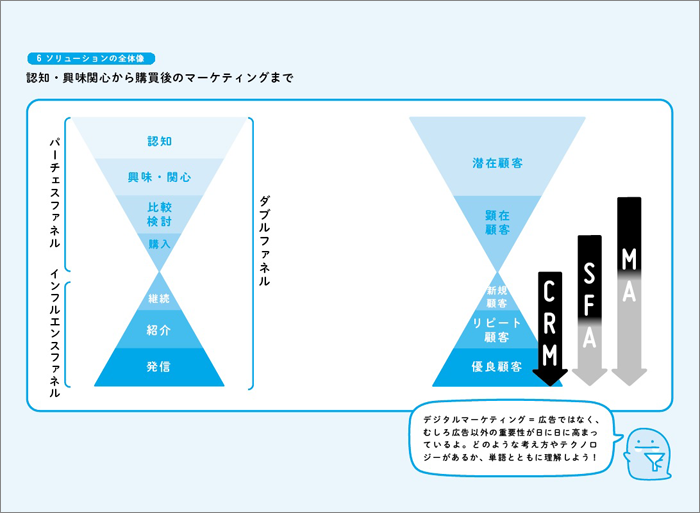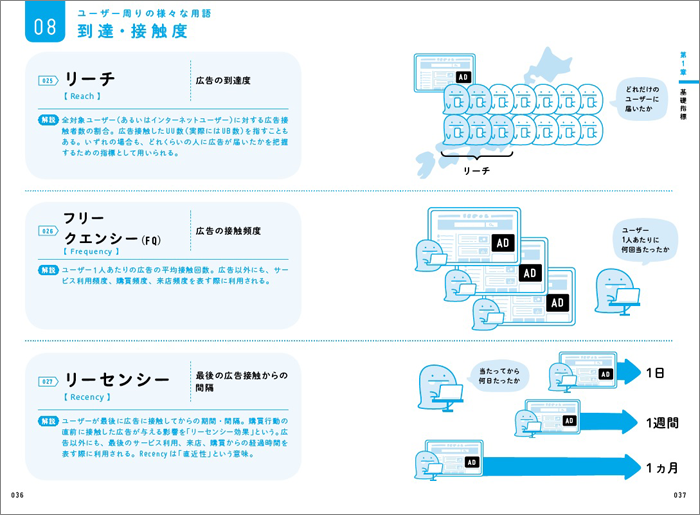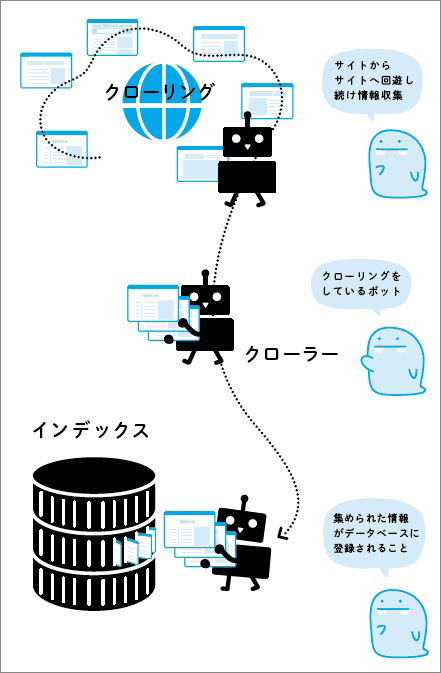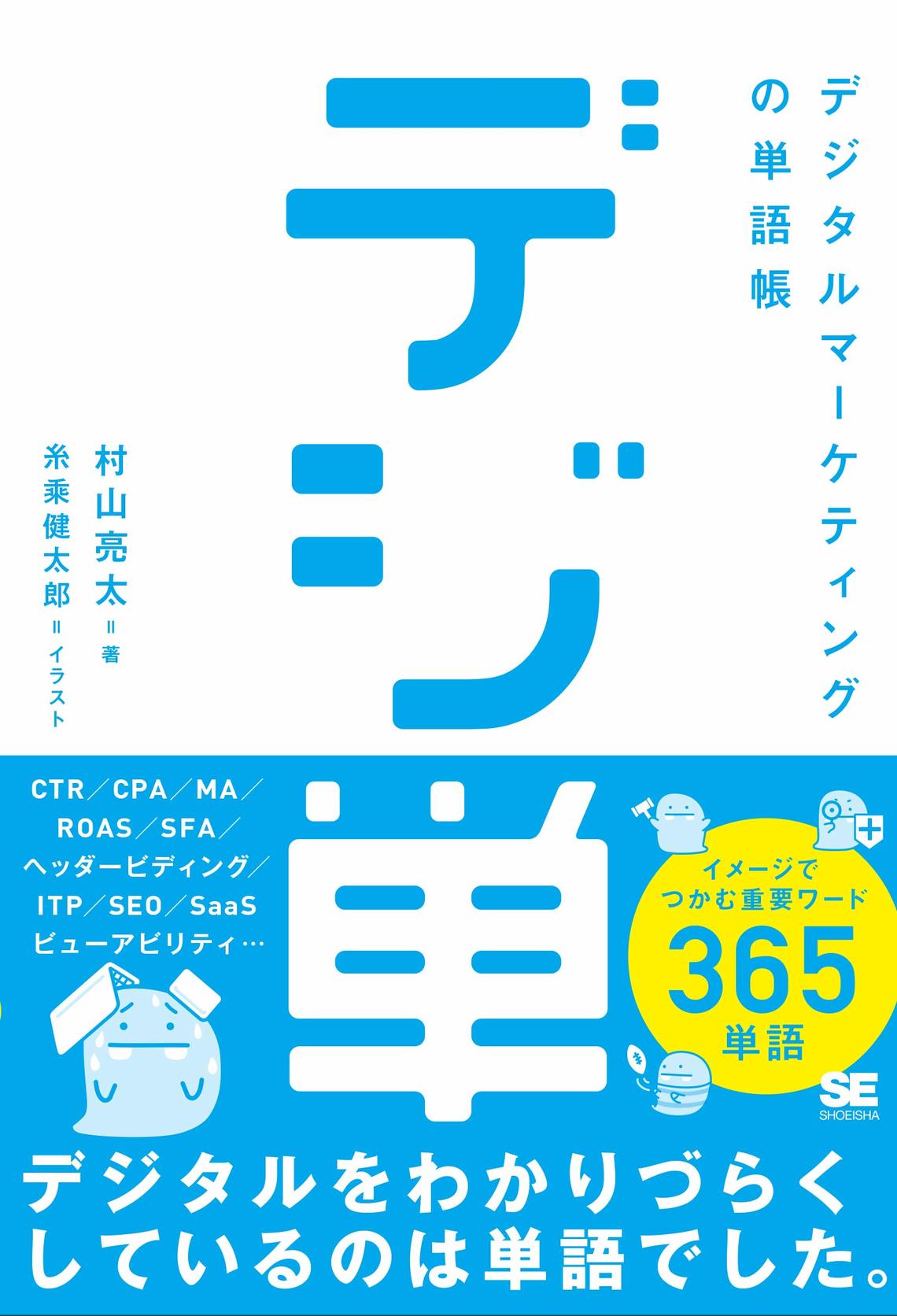*To commemorate the reprint of the book " Digitan: Digital Marketing Vocabulary - 365 Essential Terms Explained Visually " (published by Shoeisha), we asked Shoeisha editor Kazuhiro Hata to share behind-the-scenes stories about the book's creation.
"Digital marketing terms are hard to understand!"
Anyone working in marketing, advertising, or the web industry has probably felt this way.
Indeed, the "complexity of terminology" is one of the main reasons digital marketing and online advertising are often perceived as inaccessible.
How could we solve this problem and provide a book that allows readers to systematically understand digital marketing and online advertising? That was the challenge for this book.
It's been well-received, going into a second printing shortly after publication. We believe we've created the ideal book for systematically understanding digital marketing and online advertising while also simplifying the comprehension of individual terms.
If you want to learn the words, use a "vocabulary book"
Introducing the book 'Digital Marketing Vocabulary Guide: Digi-Tansu'. Think of it as the digital marketing version of an English vocabulary book.
The left-hand pages list terms and their meanings, while the right-hand pages feature corresponding illustrated diagrams. All illustrations were created exclusively for this book by Kentaro Itomori (Dentsu Digital Inc.), the artist behind famous characters like "Ponta," "Nanana," and "Kimezo."
Like English vocabulary books, the strengths of this flashcard book lie in its simplicity, clarity, and practicality, making it ideal for efficient, repetitive learning. As I'll explain later, even just flipping through it will surely prove useful for your work.
The "Language Barrier" in the Digital Age: A Struggle for Newbies and Veterans Alike
This book actually originated from a completely different planning meeting. Initially, we approached author Ryota Murayama (VOYAGE GROUP) and planning collaborator Ryo Takada (Dentsu Digital Inc.) with the idea: "We want to create a textbook for digital advertising."
During those discussions, the topic arose: "The most confusing aspect of digital advertising is undoubtedly the terminology."
"New terms keep popping up, and there are so many three-letter acronyms and similar-sounding katakana words that even now, it's confusing."
From these personal struggles, the idea suddenly popped up: "Compiling them into a glossary would be useful for both newcomers and veterans."
I remember thinking at that moment: "If these two, who have been active at the heart of the industry for so long, are struggling, then surely no one in this world is immune to the confusion caused by these terms."
Two reasons digital marketing terminology is tricky
To solve this widespread problem, we focused on how to create an easy-to-understand "glossary," considering both content and presentation.
I believe there are two main reasons digital marketing terminology is so tricky.
- They're full of abbreviations and katakana words, making it hard to grasp their meaning at a glance
- They're already hard to grasp, and they're all interconnected
For example, look at the terms below.
You might already be familiar with "crawling," but when I first heard it, I had absolutely no idea what it meant. It was only after hearing it several times in work conversations that I started to grasp the concept vaguely and eventually began using it myself. I suspect many people have had a similar experience.
Now, take a look at the illustration below.
What's happening is immediately obvious.
Working on book production, I've come to deeply understand how whether an image pops into your head affects comprehension. In the world of digital marketing, where new terms constantly emerge, being able to grasp things visually "at a glance" = "instantly" is also crucial. Most people don't have the time to carefully chew over each individual word.
Another tricky aspect is how these terms intertwine. While relationships between terms like "CV and CVR" or "KPI and KGI" are relatively straightforward, it's difficult to grasp and connect terms from different stages—such as media terminology, SEO jargon, and marketing theories—from a bird's-eye view.
A major change digitalization brought to marketing is the ability to map customer actions into a continuous flow using tools like marketing automation, which also popularized concepts like the customer journey. However, the process from lead generation to order completion rarely happens within a single department.
While the flow might seem to go "from marketing to sales," web production teams, advertising departments, external vendors, and media outlets are all involved. Moreover, concepts like customer behavior and attitude shifts underpin this entire flow.
In other words, simply visualizing the image of a single term isn't enough; you must also grasp the image as a "big picture" to deepen your understanding of your own work.

This diagram brings everything into view—from conceptual funnels to practical marketing tools.
Author Mr. Murayama and illustrator Ms. Itonori refined both the content and expression right up to the very end (including the order of words and the coloring of illustrations). As a result, I feel the tangled web of digital terminology has been untangled and organized to be viewed with a broad perspective.
Creating a Shared Language to Prevent "Words Taking on a Life of Their Own"
I often feel that terminology in business settings is frequently understood only "vaguely." People learn by imagining the meaning of words repeatedly used in meetings from context, then trying to use them themselves in similar situations.
While this is a practical and legitimate way to learn language, it's not surprising that gradual discrepancies in understanding can emerge.
Moreover, we're in an era where unprecedented collaboration and co-creation are happening across companies and industries. With the rise of chat-based communication, nuance is easily lost, and situations where "just sort of getting it" isn't enough are increasing.
So, while I wouldn't go so far as to say "Let's all buy 'Digi-Tans' to align our understanding!", having a reference tool available when needed can serve as a lever to form a shared language – "this is the meaning in this context." Precisely because words form the foundation of communication, I believe they possess a depth that allows for diverse usage.
This book is packed with the dedication of its authors and illustrators. Thanks to your support, we've already decided on a reprint just one month after release. If you spot it in a bookstore, I'd be thrilled if you'd flip through it (an e-book version is also available).
[Key Features of This Book]
・Simple explanations of frequently used digital marketing terms
・Illustrations alone help you grasp concepts
・Follows up on differences in meaning and usage between similar terms
・Includes an index for easy word and synonym lookup
・Includes English terms, useful for reading overseas sites or business trips







